What?
Earth’s history is an immense and complex narrative, stretching back billions of years. To comprehend this vast timescale and the dramatic transformations our planet has undergone, scientists have constructed the Geologic Timeline. This chronological framework serves as a detailed story of Earth’s past, pieced together from the planet’s rock record. It allows us to trace Earth’s 4.54-billion-year journey, providing essential context for major events like the shifting of continents, the formation of vast oceans, the evolution of life, and the catastrophic mass extinctions that have repeatedly reshaped our world.
How?
This timeline is built by studying layers of rock (stratigraphy) and identifying key features within them, such as rock types, ancient magnetic signatures, and, most importantly, the fossil records, which help establish the relative sequence of events. Precise numerical dates are then added using absolute dating methods like radiometric dating, giving us concrete “dates” on this ancient calendar. To manage this immense span, the Geologic Timeline is hierarchically divided into progressively smaller units—eons, eras, periods, epochs, and ages—each representing distinct geological or biological changes that mark significant chapters in Earth’s long and dynamic story.
Geological Timescale or Timeline?
To put it simply, the Geologic Time Scale (GTS) is the official, formal tool—the “calendar”—that scientists use to organise Earth’s history. It is a standardised framework with specific, named units like eons, eras, and periods, which are defined by international bodies.
The Geologic Timeline, on the other hand, is the story or narrative of Earth’s history. It’s the visual or written representation of events, such as the formation of continents and the evolution of life, that are placed on the foundation provided by the GTS.
Think of it this way: The Geologic Time Scale is the detailed, official calendar with all the dates, while the Geologic Timeline is the historical events you write on that calendar.
The Hadean Eon (4600 to 3800 ma)
The Hadean Era, spanning approximately 4600 to 3800 million years ago (4.6 to 3.8 billion years ago), marks Earth’s earliest and most tumultuous period. This time is characterised as “Azoic Time” due to the absence of an atmosphere and organic life forms.

Earth’s formation began with planetary accretion during the formation of the Solar System, a process that started and largely completed within just 100-200 million years. A pivotal event during this era was the formation of the Moon, which probably occurred due to a giant impact – considered the largest hit Earth has ever suffered.

During the Hadean, Earth’s crust began to form. Evidence of this early crust comes from zircon crystals, which date back to 4440 million years ago. The Jack Hills of Western Australia are home to the oldest continental landmass, with rocks dating back 4.4 billion years. These ancient rocks are also part of the Pilbara craton, and a belt of greenstone blocks in Canada’s Hudson Bay region is thought to be of a similar age. The ability to date these ancient materials is supported by methods like Uranium dating, which can look back up to 4.47 billion years (carbon dating can only look back 40,000 years).
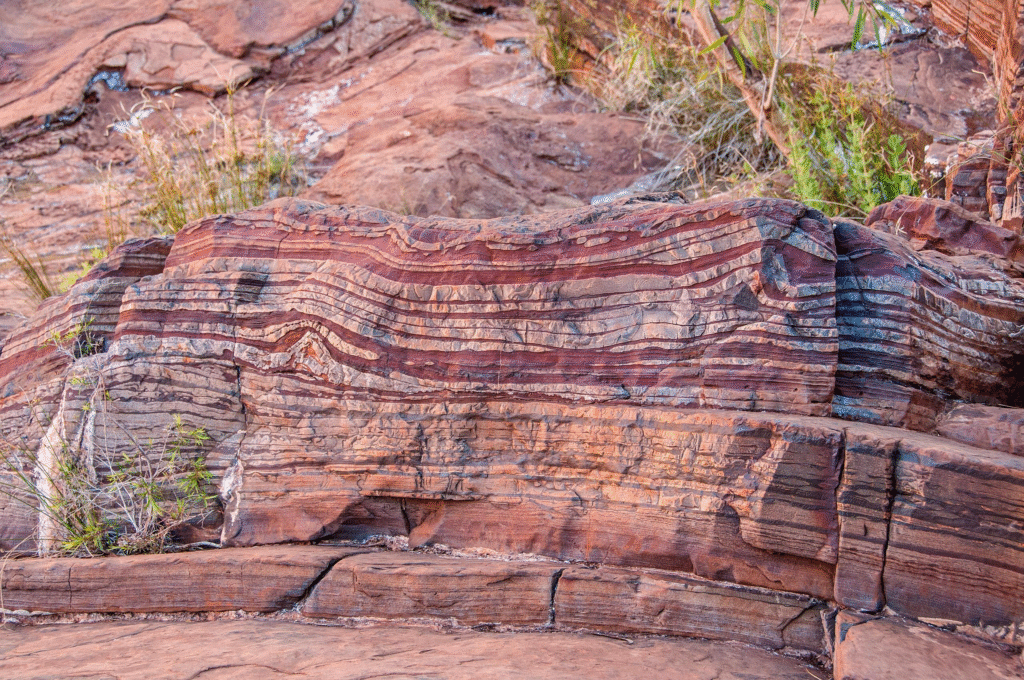
The Hadean was also a period of intense meteorite bombardment, with the oldest meteorites found dating back approximately 4.6 billion years. While a lack of atmosphere largely defines the era, some geological features from this time provide clues about early conditions. For instance, banded iron beds found in Greenland date to 3.8 billion years ago. These banded iron layers are conventionally hypothesised to have formed in seawater when oxygen, released by photosynthetic cyanobacteria, combined with dissolved iron in Earth’s oceans, precipitating out as thin layers on the ocean floor.
Archean Era (3800 to 2500 ma)
- The Archean Era, also known as the Archeozoic, spanned from approximately 3.8 billion years ago to 2.5 billion years ago.
- Earth’s atmosphere during this period was a “reducing atmosphere,” meaning it had very low levels of free oxygen.
- This era saw the emergence of “earlier life,” with the earliest fossils being Stromatolytes (stromatolites).
- Stromatolytes are layered sedimentary rocks formed by the growth of cyanobacteria, which are single-celled photosynthesising microbes.
- These cyanobacteria began to produce oxygen as a byproduct of early photosynthesis.
- Anaerobic single-celled microorganisms, including bacteria and viruses, flourished in the early reducing atmosphere.
- Geologically, the supercontinent Vaalbara, which consisted of the Kaapvaal Craton and the Pilbara Craton, broke up around 2.8 billion years ago.
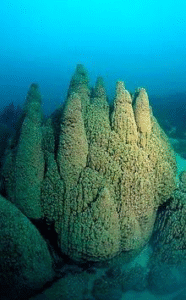
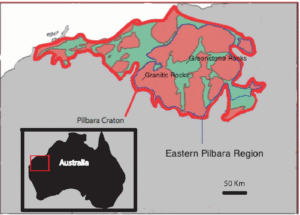
Paleoproterozoic era (2500 to 1600 ma)
Time Span: The Paleoproterozoic era lasted from approximately 2500 to 1600 million years ago (2.5 to 1.6 billion years ago).

Atmosphere: This period saw the development of an Early Oxidising Atmosphere.
Biological Impact:
- Cyanobacteria (blue-green algae) and Stromatolites played a crucial role by producing oxygen through photosynthesis.
- This oxygen release led to the “Oxygen Catastrophe,” where the atmosphere became poisonous to anaerobic bacteria.
Geological Events:
- The supercontinent Kenorland broke up around 2.5 million years ago.
- Kenorland was one of Earth’s earliest known supercontinents, formed around 2.72 billion years ago from the accretion of Neoarchean cratons and new continental crust.
- It included landmasses that would become parts of Laurentia (North America, Greenland), Baltica (Scandinavia, Baltic), Western Australia, and Kalahari.
- Kenorland also formed a significant part of Nena, another supercontinent.
Mesoproterozoic era (1600 to 900 ma)
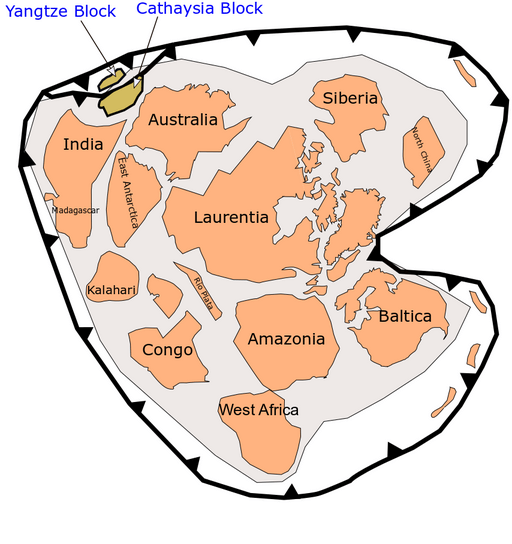
- The Mesoproterozoic era spanned from approximately 1600 to 900 million years ago (1.6 to 0.9 billion years ago).
- This period saw an “Explosion of biodiversity.”
- The evolution of sexual reproduction occurred during this time.
- There was a continued “Accumulation of oxygen in the atmosphere.”
- The supercontinent Rodinia formed.
- The Columbia (Nuna) supercontinent broke up around 1.5 million years ago (1.5 Ma).
Neoproterozoic Era (900 to 543 ma)
- The Neoproterozoic Era spanned from 900 to 543 million years ago (ma).
- A severe ice age, known as “Snowball Earth” or the Cryogenian Period, occurred during this era, causing ice sheets to extend to the equator.
- This ice age ended due to volcanic activity that released huge quantities of carbon dioxide and methane over 1,000+ years, creating a greenhouse effect.
- The supercontinent Rodinia broke up around 750 ma.
- The era saw the emergence of multicelled life, including the earliest animals.
- There was a “First great extinction event” where 70% of all organic life was lost, possibly due to a major impact event. The extinction event involved the radiation of acritarchs.
- Early shelled organisms, referred to as “visible life,” also appeared.
Cambrian Period (543 to 490 m)
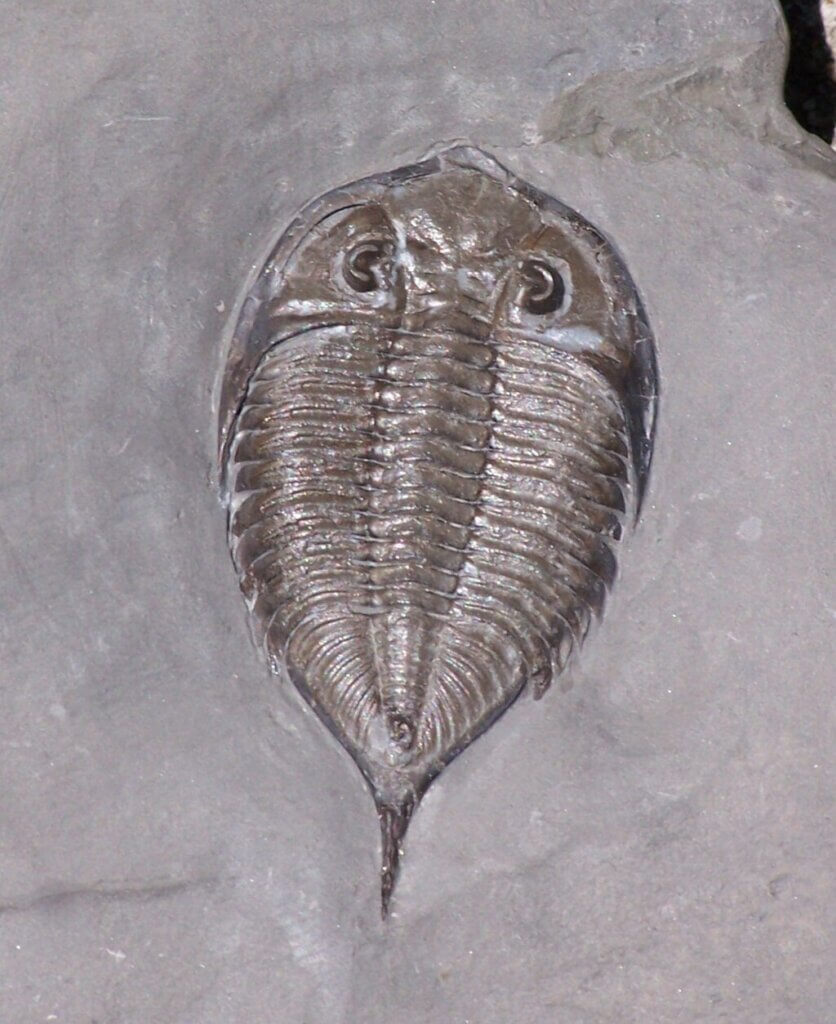
- The Cambrian Period lasted from 543 to 490 million years ago.
- An extinction event occurred, marked by a sharp fall in the carbon-13 isotope. This is theorised to be due to a reduction in bacteria that were temporarily out-competed by new multicellular biomass organisms.
- Hard-bodied shelly fauna appeared, including arthropods known as Trilobites and primitive reef-forming animals.
- Invertebrates were the dominant organisms, including worms, jellyfish, and trilobites.
- “Ancient life” and multi-celled life forms began to take hold during this period.
Permian Period (290 to 248 m)
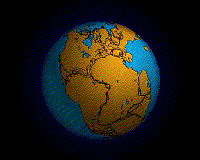
- The Permian Period lasted from 290 to 248 million years ago (ma).
- It is known for the P/Tr or Permian-Triassic extinction event, which was the largest mass extinction in Earth’s history, with 95% of all marine life and 70% of land species lost.
- Several theories exist for the extinction, including:
- Meteorite impacts that affected Earth’s core and mantle and triggered a super-volcanism with subsequent methane release from the oceans.
- Oxygen removal from both land and sea, combined with hydrogen sulfide toxicity.
- A rise and fall of the gravity field.
- The extinction period may have occurred in three waves.
- The Siberian Traps are a theory for the super volcanism, involving massive flood basalt eruptions over thousands of years.
- Life during this period included advanced conifers, reptiles, dragonflies, roaches, beetles, flies, and mammal-like reptiles.
- Fossils from this time include trilobites, molluscs, corals, and brachiopods.
- The final assembly of the supercontinent Pangaea occurred during the Permian.
- An Ice Age also took place, with glaciers covering most of Gondwanaland.
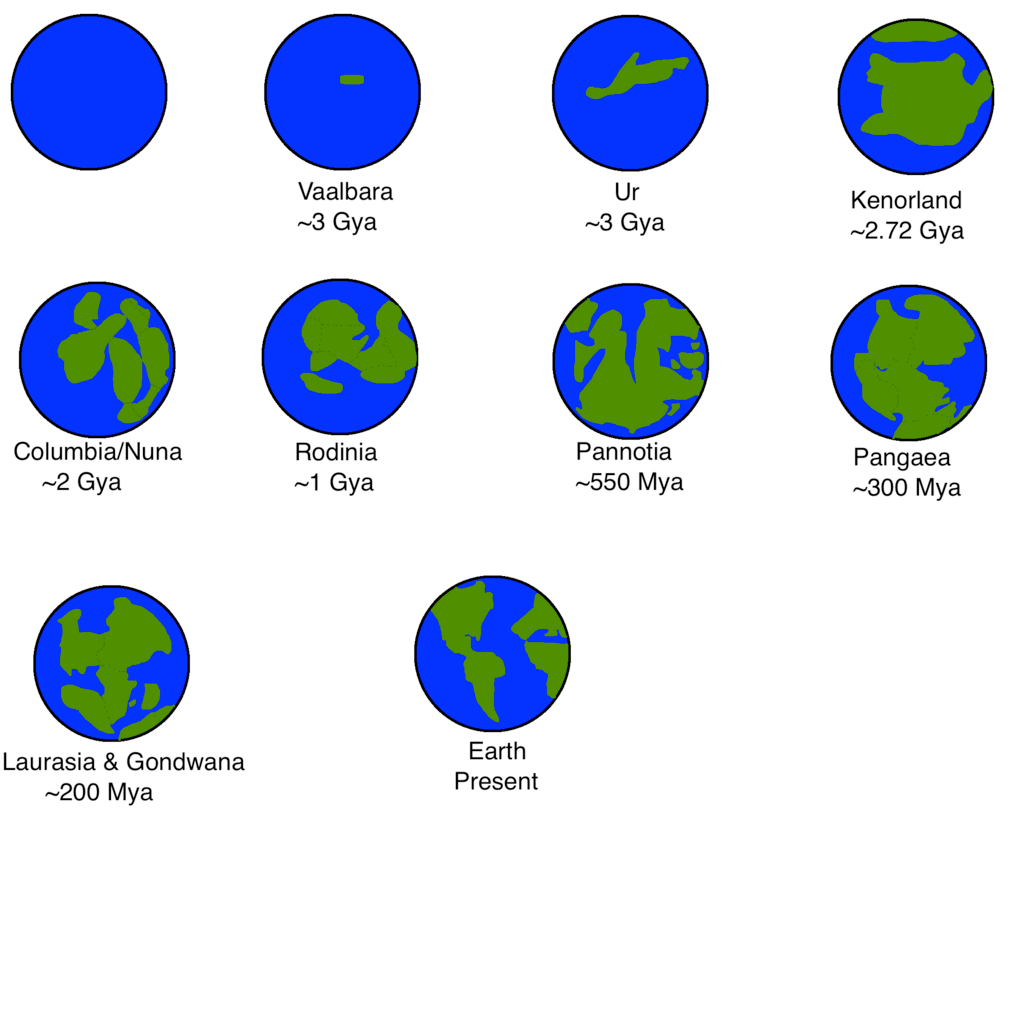
This image is a simplified visual representation of continental drift and the formation of supercontinents throughout billions of years of Earth’s history. The timeline begins with the early Earth, a blue planet with minimal land, and progresses to show the formation and breakup of several supercontinents, including:
- Vaalbara at roughly 3 billion years ago (Gya or giga annum)
- Ur at roughly 3 Gya
- Kenorland at roughly 2.72 Gya
- Columbia/Nuna at roughly 2 Gya
- Rodinia at roughly 1 Gya
- Pannotia at roughly 550 million years ago (Mya)
- Pangaea at roughly 300 Mya
- Laurasia & Gondwana at roughly 200 Mya